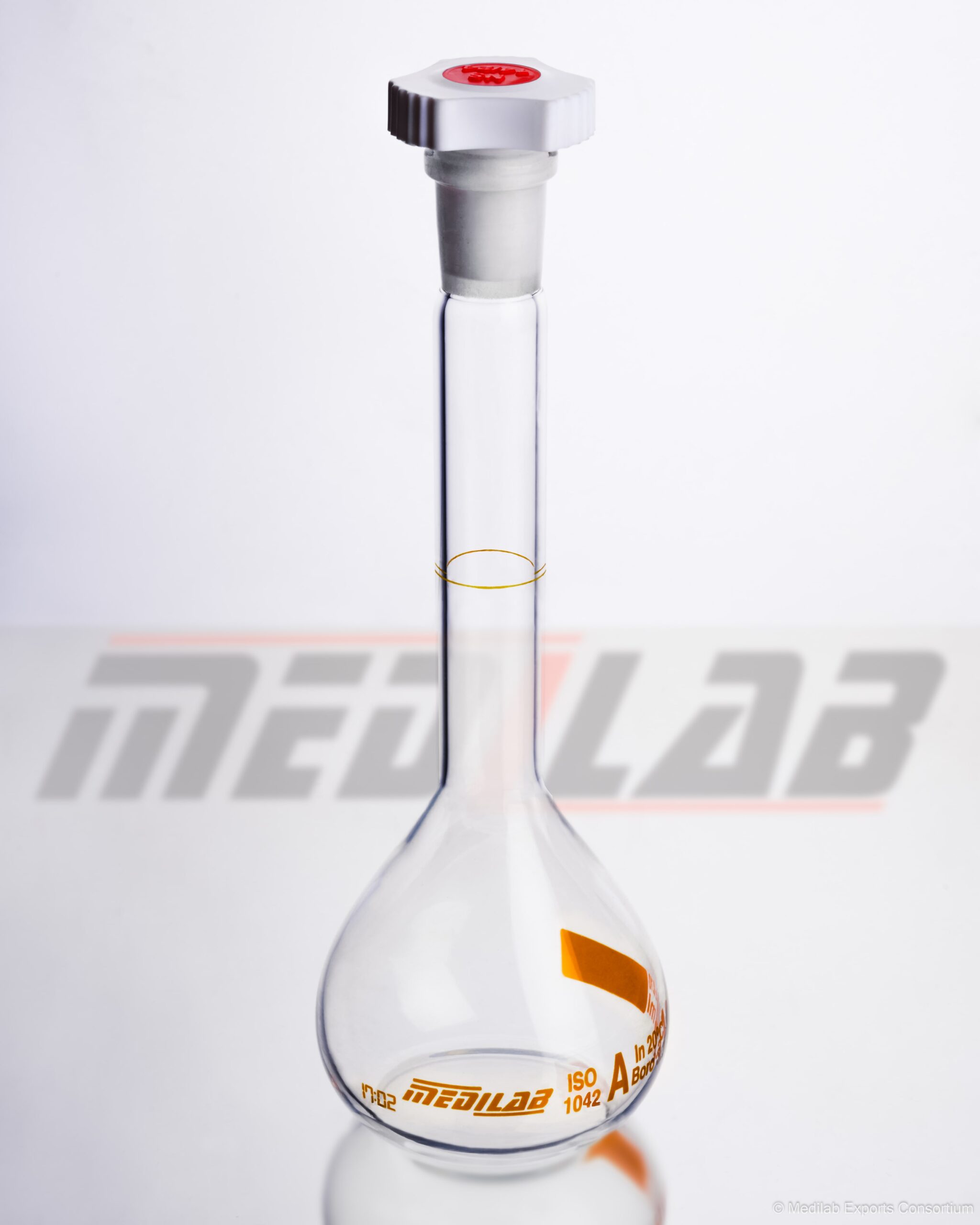Cleaning the glassware used in a laboratory is not as straightforward as cleaning the dishes. Here is a guide to how to wash your glassware properly so that you don’t ruin your chemical solution or lab experiment.
What is Volumetric Glassware?
In the discipline of quantitative chemistry, there is a vast range of glassware that is used for the purpose of measuring liquid volumes. The study of quantitative chemistry requires exact calculations, which can only be obtained via the use of volumetric glassware. If you’re a student, then you must know how to use volumetric glassware. In addition, if you want to get results that are more precise, it is also necessary to know how to calibrate volumetric glassware.
Some Tips for Cleaning Volumetric Glassware: Some Tips
- It Must Be Cleaned as Quickly as Possible
Volumetric Glassware should be washed in hot water or put through a glassware washer as soon as it is no longer in use to prevent the accumulation of residue that is difficult to remove if it is not feasible to clean glassware immediately after use.
- Make Sure You Use the Proper Brush
Utilizing volumetric glassware cleaning brushes, meticulously scrub each and every component of the glassware. Make sure you have a range of brush sizes on hand that are appropriate for cleaning the various types of laboratory glassware, such as test tubes, funnels, flasks, and bottles.
If you want to protect your glassware from unintentional scratches or abrasions, use a brush with a wooden or plastic handle rather than one with a handle made of metal. Scratches on the glass may also be caused by an overused brush if the bristles have worn down to the point where they can no longer prevent the spine of the brush from making contact with the glass.
- Remember to bring the cleaner!
There are a variety of soaps, detergents, and cleaning powders that may be used while washing laboratory glassware. Cleaning solutions that have a slight abrasive effect will yield better results on particularly unclean glassware. However, it is important to ensure that the abrasive does not harm the glass.
- Try Wetting It Down First
Attempt a lengthy soak in a mild solvent if basic cleansers don’t get the job done, or if there is material in areas where brushes can’t reach. Both of these scenarios are possibilities. If you soak the substance in hot water or shake it gently, you can make it work better.
- If All Else Fails, Get Aggressive
When cleaning particularly unclean volumetric glassware, it is often essential to use cleaning solutions with a stronger chemical component. These solutions are often quite corrosive; they may include strong acids or bases, and they have the potential to inflict harm.
- When it is necessary, sterilize the area before cleaning it.
Some types of volumetric glassware must be sterilized prior to the cleaning process. This includes glassware that has blood clots on it as well as glassware that has viruses or bacteria that produce spores on it. Glassware may be sterilized in autoclaves, steam ovens, or by boiling it for thirty minutes in water that has between one and two percent of mild detergent or soft soap added to it.
- Rinse all volumetric glassware thoroughly.
When you use the glassware again after it has been used with detergent or cleaning solution, the residue may contaminate your work.
- First, give all glassware a very thorough wash in running tap water, being sure to fill it, shake it, and then empty it a minimum of six times. Before it is used, very hard water should be treated using a deionizer or a reverse osmosis system.
- Warm soapy water is ideal for sanitizing volumetric flasks and pipettes.
- The next step is to immerse all of the glassware in a large bath of distilled or very pure water.
- Finally, wash each component separately in water of very high quality.
- Dry It
Glassware used in laboratories may be air dried. Hanging glassware on wooden pegs or keeping it in baskets with the mouths facing down, with a clean cloth placed at the bottom of the basket to keep the mouths of the pieces clean.
Drying glassware in an oven at temperatures lower than 140 degrees Celsius is also possible. However, glassware that will be used for volumetric measurements should be dried at temperatures no higher than 80 degrees Celsius to 90 degrees Celsius. When they are not being used, stoppers and stopcocks should be removed. Otherwise, they risk “freezing” in their current position.
To degrease grinding glass joints, wipe them with a lint-free cloth that has been dipped in ether or acetone. This will remove any residue left behind. Put on gloves, and keep your mouth closed to prevent inhaling the vapors.
When poured through clean glassware, the deionized water rinse should produce a continuous sheet of a smooth consistency. In the event that this sheeting action is not seen, extra rigorous cleaning procedures may be required.
MEDILAB’s Volumetric Glassware:
MEDILAB is a leading manufacturer of laboratory glassware including Calibrated Volumetric Glassware. High-quality borosilicate glass is used in all of MEDILAB’s laboratory glassware to make our products comply with the set international standards. At MEDILAB’s in-house Calibration Lab, the volumetric glassware like volumetric flasks, Measuring Cylinders, Pipettes, Burettes etc. are made and precisely calibrated to strict standards. This guarantees Class A/AS accuracy according to ISO/DIN standards.
Because we Understand, Result Matters.
Reach Out to Us-
If you are interested in purchasing some high-quality volumetric glassware, please contact us at [email protected] or +91-9896330136 or +91-8607777500, and we will be happy to assist and direct you in your purchase.
People also searches for:
Volumetric Glassware | Volumetric Glassware | Class a Volumetric Glassware | Class B Volumetric Glassware | Volumetric Glassware Lab | Glass Volumetric Flask



